Topic: Race
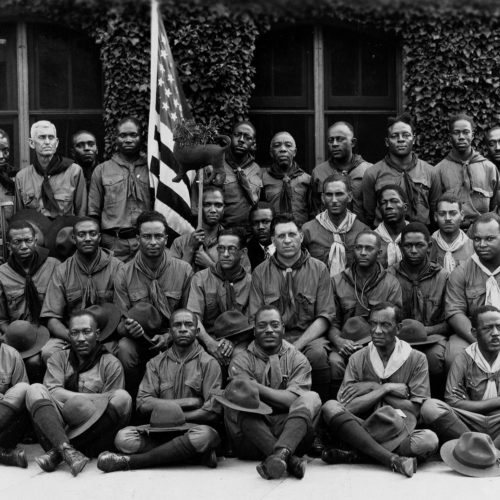
Who Belongs in the Boy Scouts? Philanthropy’s Support for Black Scouting
A foundation struggled to make one of America’s oldest youth organizations more racially inclusive. But it only got so far under Jim Crow.
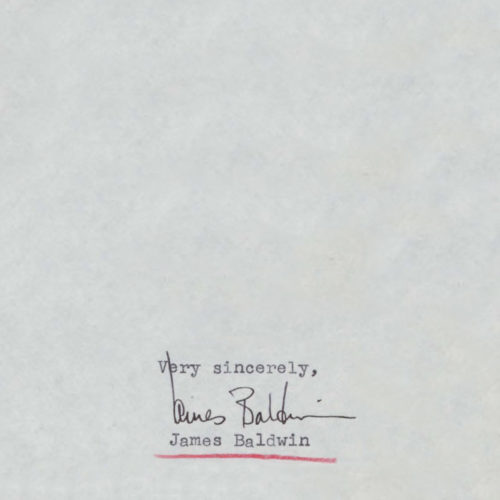
In Brief: James Baldwin’s Creative Writer’s Fellowship
How a foundation provided the final ingredient to an era-defining novel.
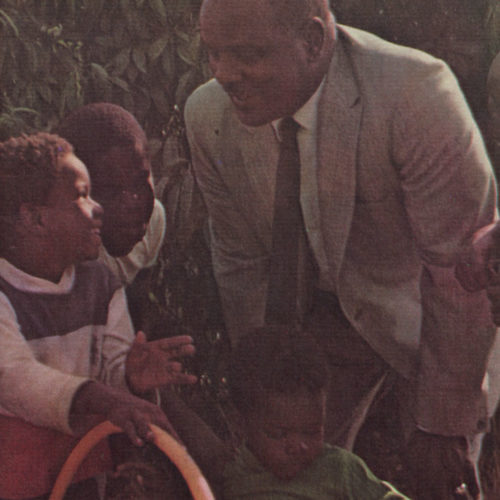
Ted Watkins and the Rockefeller Foundation: An Unlikely Partnership
How a charismatic community activist from Watts challenged a foundation’s civil rights strategy through a jobs training program.
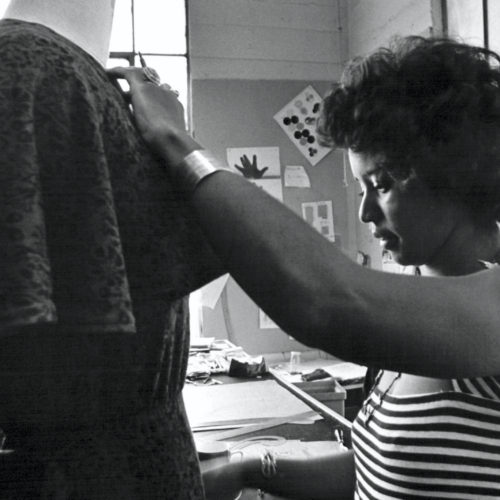
Photo Essay: Supporting Minority Enterprise in the late 1960s
In 1968, the Ford Foundation began to make social investments using a new tool borrowed from the for-profit world, the Program-Related Investment.
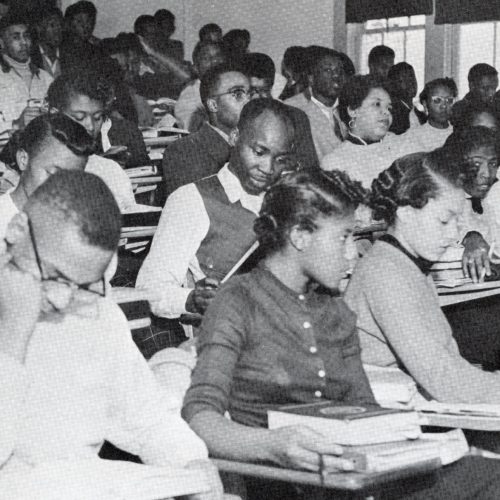
The Origins of the Rockefeller Foundation Equal Opportunity Program
How a simple grant request seeded the launch of a full program addressing inequality.
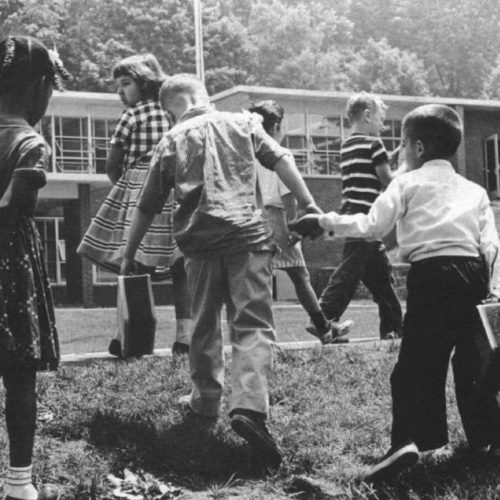
Can Data Drive Social Change? Tackling School Segregation with Numbers
In the years before Brown v. Board, a philanthropic fund hoped research and data would turn the tide on attitudes toward segregation.
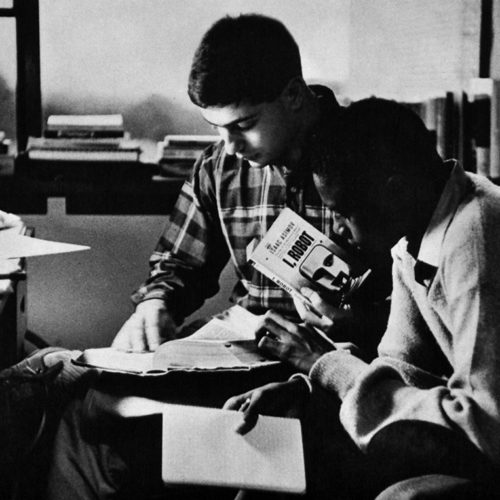
The Rockefeller Foundation Confronts School Inequality
A college prep program increased admissions rates for at-risk students, but it also raised larger questions about systemic inequality.
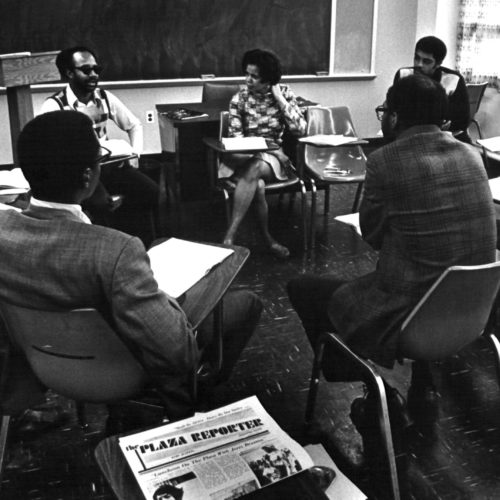
Supporting Economic Justice? The Ford Foundation’s 1968 Experiment in Program Related Investments
How the largest US foundation began supporting market-based projects in the late 1960s.